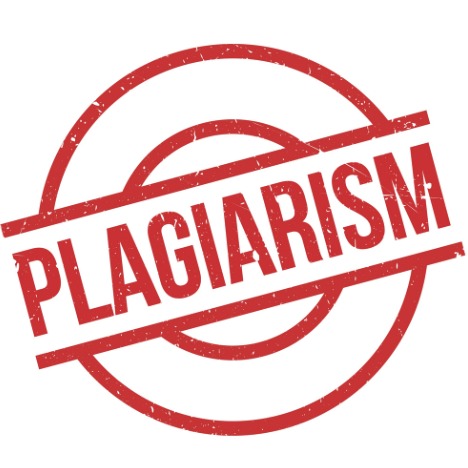Avoiding Plagiarism: Types, Consequences, and Prevention Tips .
Paraphrasing Plagiarism Word-for-word CopyingPosted by admin on 2025-05-13 14:10:05 |
Share: Facebook | Twitter | Whatsapp | Linkedin Visits: 107

Plagiarism is a serious offense that undermines the integrity of any work. It involves using someone else’s ideas, words, or creations without giving proper credit. Whether it’s in academics, journalism, or any other field, understanding the different forms of plagiarism is essential for maintaining honesty and originality. In this post, we will explore the different types of plagiarism, their sub-categories, and how you can avoid committing them.
Types of Plagiarism
-
Direct Plagiarism
Direct plagiarism is the most straightforward form. It occurs when you copy someone else’s work word for word without permission or citation. This could involve copying text from a book, article, or website and presenting it as your own.-
Sub-categories:
-
Word-for-word Copying: Copying text exactly from a source.
-
Copying from the Internet: Taking content directly from online sources without credit.
-
-
-
Paraphrasing Plagiarism
Paraphrasing plagiarism happens when you rephrase someone else’s work or ideas in your own words but fail to credit the original author. Even though the wording changes, the underlying ideas remain the same.-
Sub-categories:
-
Close Paraphrasing: Slightly modifying the original text without changing the meaning significantly.
-
Idea Plagiarism: Reusing someone’s ideas or concepts without citation, even if the wording is different.
-
-
-
Self-Plagiarism
Self-plagiarism occurs when you reuse your own previously published or submitted work without permission or proper citation. While this may not involve stealing someone else’s work, it can still mislead others into thinking your work is original.-
Sub-categories:
-
Duplicate Submission: Submitting the same piece of work for multiple assignments or courses.
-
Republishing: Reusing previously published work without acknowledging that it has been used before.
-
-
-
Mosaic Plagiarism
Mosaic plagiarism involves taking parts of various sources, combining them, and presenting the mixed content as your own. This could include copying sentences, phrases, or even sections of other people’s work without proper citation.-
Sub-categories:
-
Patching: Taking multiple pieces of text from different sources and combining them.
-
Borrowed Phrases: Using small phrases or quotes from a source without giving credit.
-
-
Why Plagiarism is Harmful
Plagiarism is more than just an ethical violation. It has significant consequences:
-
Intellectual Theft: Plagiarism is stealing someone’s intellectual property, which they have worked hard to create.
-
Damage to Reputation: Being caught plagiarizing can damage your credibility, whether in academic or professional circles.
-
Legal Consequences: In some cases, plagiarism can lead to legal action from the original content creators.
How to Avoid Plagiarism
-
Cite Your Sources: Always give credit to the original author by properly citing their work using the appropriate citation style (e.g., APA, MLA, Chicago).
-
Paraphrase Effectively: When paraphrasing, make sure to change both the wording and structure of the original content. Also, don’t forget to cite the source.
-
Use Quotation Marks for Direct Quotes: When you directly quote a source, use quotation marks and provide the proper reference to avoid plagiarism.
-
Use Plagiarism Detection Tools: Tools like Turnitin, Grammarly, or Copyscape can help detect any accidental plagiarism before submission.
-
Keep Track of Your Sources: Maintain an organized list of all your references and sources as you research. This makes it easier to cite them correctly later.
plagiarism is an unethical practice that can lead to serious consequences. By understanding the different types and sub-categories of plagiarism, and by using proper citation and paraphrasing techniques, you can ensure that your work remains original and honest. It’s important to respect intellectual property and contribute your own ideas to the world in an ethical manner.
Search
Categories
Recent News
- ProblemSolution.in Coming Soon
- **"Aadhar Card Kaise Download Karen? | Step-by-Step Guide to Download Aadhaar Card Online"**
- The Heart of Cricket – The Field!
- Cricket Batting Positions
- Every position has a purpose
- Every position has a purpose
- The Journey of Air Deccan: India’s First Low-Cost Airline
- How to Fix Common Wi-Fi Connection Issues